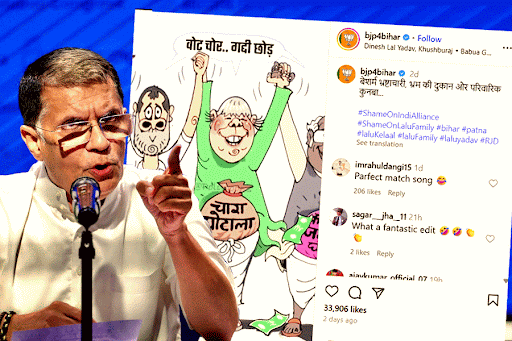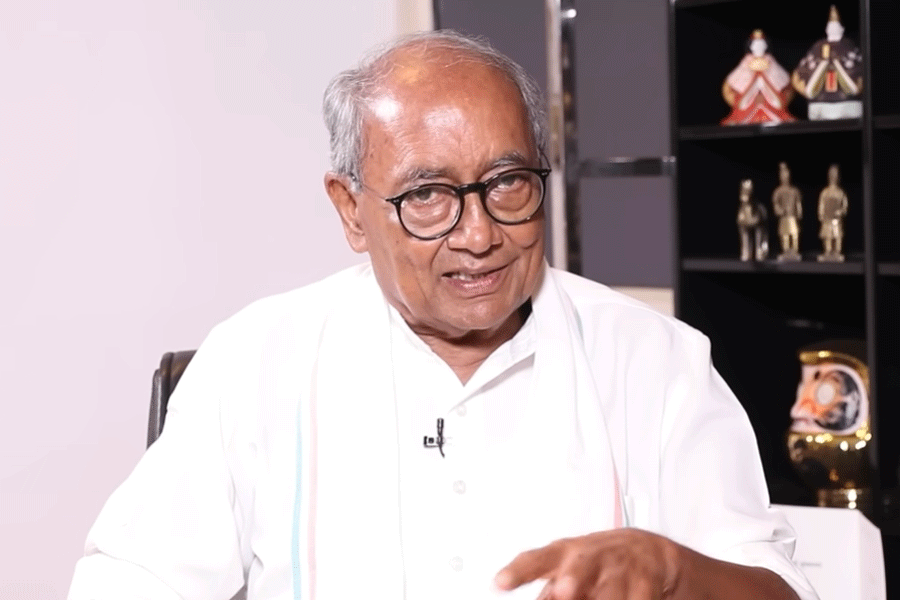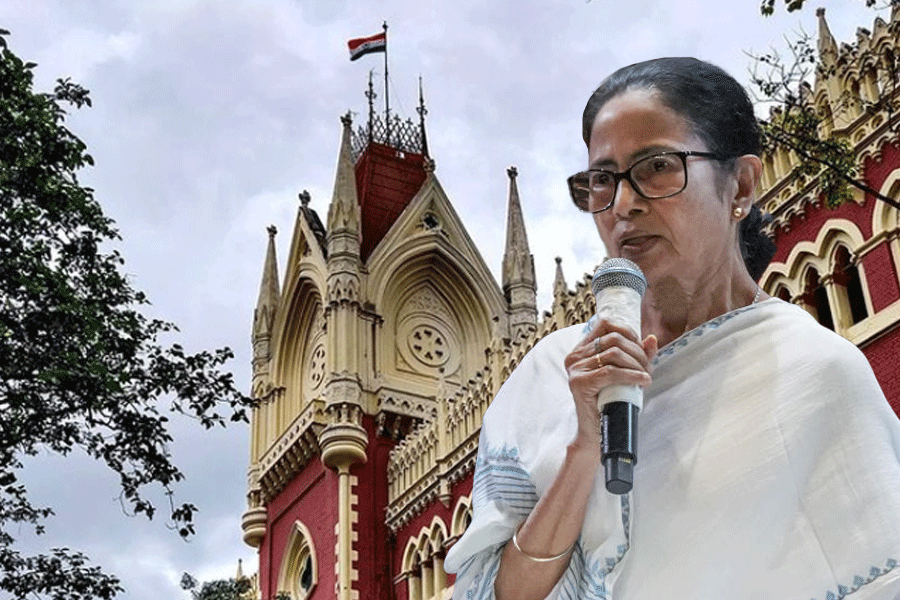 |
PRIVACY lost BUT SEARCH EASIER
In 2012, social media will fight all past predictions of Doomsday, Mayan or otherwise. The predicted trends suggested by IT experts, marketers and social networking site professionals say that the trends of 2011 will turn into norms.
At one level, the sharing of voice, opinion and community influence will strengthen the social media. At another, information about the users’ private lives and interests will turn them into unsuspecting tools for savvy marketers.
Learn to live with intrusions
Notions of privacy will have to undergo a cultural shift — we are already exhibiting and revealing a lot of ourselves every day through social networking sites. With its 800 million-plus subscribers, Facebook has already brought in new designs and changes to get users to share far more about their life histories and interests in various fields.
The Profile pages, which hold biographical details, have been redesigned into what is being called the Timeline. The Timeline is meant to be a complete online archive of the user’s life that will be constantly re-touched.
The social networking site had already made it clear in October 2011 that people who want to keep their existing, more basic Profile pages will still be forced to transition to the new Timeline one. Clubbed with this, a new generation of social apps that Facebook will introduce in 2012 will prod subscribers to announce in real time what music they are listening to, the car they are driving, the restaurant they are eating at, the food they are cooking.
The more that social networking sites can learn about their users’ lives and choices, the easier it will be for them to woo advertisers to sell their products at these sites. With Facebook planning an initial public offering in 2012, hawking your private details will be crucial to driving its revenue up north.
Customised search results
2012 is likely to see the evolution of the web to what is being called the semantic web. In a semantic web world, search engines will anticipate the best search results we’re looking for based on what they know about us from our Net profiles.
Real-time information in Google search, e.g. from Twitter, blog results and user reviews, will be more prominent. Google’s Social Search will push relevant content from our personal networks to the top of search result lists — customising them to suit our personal requirements, tastes and choices.
Experts say, this will lead to the birth of new experiences and marketing techniques that are still in the domain of imagination as of now.
Welcome content aggregators
With most online users having multiple online profiles from social networks to micro-blogging to social news sites, it is becoming more and more difficult to manage the exponential build-up of our personal content — blogs, tweets, mails and what have you on various platforms.
What if we want to remove some of the old content we have posted, or to aggregate the useful ones in one space, but remember neither the date nor the site? The content aggregators will emerge as our fairy godmothers, tracking all the stuff.
Already some Bollywood celebs are appointing content aggregators to take out negative content about them from the Net, says the grapevine. In 2012, companies offering such services are likely to reach the public domain, armed with business relationships with Net service providers. Filtering and managing content will be big business for those who can get it right and provide easy-to-use services.
Updates on contacts
Expect the contacts book in your phone links to Facebook and Twitter to show real-time updates on what your contact is doing before you put in the call. Real-time reviews from friends and associates will appear in GPS-based mapping services as a standard feature.
 |
Get your phone to talk to your TV
Steve Jobs may be gone but he continues to reach out from the Blue Beyond to find ways to change our lives in more ways than we imagined. One of the ideas that Jobs was grappling with towards the end of his life was the concept of an integrated TV set that would be elegant and simple to use. The promise was to free us from the tyranny of a bagful of multi-button remotes that can turn ordinary people into gibbering wrecks while trying to sync the TV with the music system, DVD player and a roomful of other devices.
All his life, Jobs had worked to create elegant, easy-to-use devices. He still had one final frontier to conquer: the TV set.
“It will have the simplest user interface you could imagine. I finally cracked it,” Jobs told his official biographer Walter Issacson early this year.
That comment has sparked a torrent of speculation over the next big device from Apple Inc, a company that has ferociously guarded its secrets. Over the past decade, the Cupertino, California-based company has built its reputation and revenues on three revolutionary devices: the iPod, iPhone and the iPad.
A rash of media reports suggest that Apple executives have started working on the next big-bang product — a television, possibly called the Apple iTV — that will rely on wireless streaming technology to beam TV shows, movies and other multimedia content.
No details are available yet but the buzz is that it will create the same user experience that defines its computers, tablets and phones — and hook the consumer by getting all the devices to talk to each other.
One report suggests that you could watch a video on a television and pick up another device, say a smartphone, and continue to watch the video while on the move. That sounds great for people who now have to tear themselves away from the TV set just when the must-watch football or cricket match has reached a knife-edge of excitement and travel to work or go about some daily chore.
Other reports say Apple executives have already met honchos at some of the top media companies where they have laid out new ways in which Apple’s technology will recognise users across devices. They will also respond to users’ voices and movements — mashing some elements of the Siri, the voice-controlled Assistant built into the latest iPhone 4, with super-slick motion-control technology that some TV makers and gaming devices, like the Xbox Kinect, have already been experimenting with.
Techno-geeks believe that Apple will tweak features of Airplay, Apple’s wireless streaming technology. The talk is that it may allow users to download something on some device — say a movie on an iPad — and watch it on TV at home without having to use a set-top box as an interface between the two devices.
Will it use apps like the iMac or the iPad?
It just might — in which case the Apple iTV could well sidestep the traditional broadcast or cable signals. Instead, it might opt to plug into the iCloud, the service that the company launched in October this year. The iCloud stores music, photos, applications, contacts and documents and wirelessly pushes them out to multiple devices that run on iOS — the mobile operating system.
Jobs was hugely gung-ho about the iCloud. He had conceived a digital hub strategy — the precursor to the cloud — as far back as 2001. It was designed to sync a variety of lifestyle devices. By the end of the decade, everyone had piled into the idea of a cloud. In many ways, the services that Apple devised — the iPhoto, iMovies and iTunes — were the templates for the next cloudburst in technological innovation.
Onlinesellers‘cash’ in
If 2002 or 2003 was the year “everybody you know” got their first cellphone, 2012 could be another milestone in your life. The new year may see you clicking more on the shopping cart on your screen than pushing the one at your neighbourhood mall.
A few years ago, budding Indian e-commerce companies solved the problem of a Net-savvy country’s reluctance to pay online, prompted by a fear of revealing one’s credit card details on websites. They introduced cash or card payment on delivery.
In 2012, they hope for a breakthrough.
E-commerce firm Flipkart.com, tipped by industry analysts to become one of India’s biggest retailers, says its average daily sales are now worth Rs 2.5 crore, which equals its annual revenue three years ago (2008-09).
The projected earnings for 2011-12 is Rs 500 crore, said company Co-Founder and CEO Sachin Bansal, adding: “(Indian) e-commerce users today stand at 10 million (including travel) and this number is constantly growing.”
Media reports say e-commerce now accounts for three per cent of India’s total retail market and will soon threaten traditional stores as digital buying and bookings shoot up in travel, leisure, books, apparel, jewellery and accessories.
So why has online shopping suddenly acquired an allure that goes beyond the primarily hassle-avoidance motives that powered the Net bookings of airline and railway tickets?
Bangalorean K.S. Dakshina Murthy, who now buys his books online, pointed to the wide inventories, speed of (free) delivery and, most of all, the prices. “I have so far bought some 15 books and each time they were delivered in less than 48 hours. And they usually give discounts of 30 to 40 per cent.”
Mark Tully’s Non Stop India, for instance, was cheaper by Rs 150 on Flipkart compared with Bangalore’s bookstores in mid-December. Strand Book Stall in south Mumbai was selling Steve Jobs’s biography by Walter Isaacson for Rs 650 while Flipkart offered it at Rs 559.
The e-commerce companies offer discounts also on other wares such as mobile phones, computers, cameras, game consoles, music and movie DVDs, MP3 players, TV sets, cameras, personal health-care kit or kitchen appliances.
Flipkart officials said — and buyers this newspaper spoke to corroborated — that orders from the metros and other big cities are delivered in 2-3 days. The company says a customer ordering a just-released book from the remotest village will get it — via third-party couriers or speed post — in 10-15 days, which is likely to be faster than the nearest bookstore gets a copy, if at all.
“We deliver to almost every pin code in the country,” Bansal said, adding that Flipkart ships around 30,000 items a day, of which 60 per cent are books.
The key to the success, Bansal acknowledges, is the payment-on-delivery system — also followed by e-commerce firms such as IndiaPlaza, eBay.in, Naaptol and HomeShop18.com — which accounts for 60 per cent of Flipkart’s deliveries.
A Flipkart official said e-commerce firms can offer higher discounts than retail stores because the volume of their sales is much higher.
Overheads are low because they don’t need snazzy showrooms at high-rent, prime locations, and their warehouses too are located in low-rent zones. For instance, Flipkart’s registered office in Bangalore is in Koramangala, a residential rather than commercial district, and its warehouse is out of the city on the Bangalore-Mysore road.
The delivery cost is kept low through an in-house system and partnerships with courier firms, the official said.
Navi Mumbai-based Sadiq Kazi, a 37-year-old who owns over 1,500 books and has over the past year been buying mostly online, said: “Online bookstores have tie-ups with publishers and make a book available immediately after its release with discounts. (They) allow you to track the delivery status, so you know exactly when to expect it.”
Even the online search for a book, by typing the name, is faster than scanning the bookshelves at your regular bookstore.
What you miss, of course, is the old-fashioned, leisurely pleasure of browsing in front of the stacked shelves, and the thrill of chancing on a rare, dog-eared volume in a corner of an old bookshop. Which is why Kazi still travels all the way to south Mumbai, from time to time, to hunt for titles at Strand Book Stall.
And the discounts are why some others like him browse in a bookstore, get the “feel”, and return home to order online.
CANCER CLUE
Cancer tissues show a host of mutations, only some of which are responsible for the malignancy. What scientists want desperately is a way of shifting the deadly mutations from the rest so that drugs can be developed to specifically target these.
In 2012, the International Cancer Genome Consortium hopes to go a long way in achieving this goal. Some 40
laboratories spread across the world, from America to China, will study and sort hundreds of samples from dozens of kinds of tumours, comparing them with one another and healthy tissue, to find clues.











